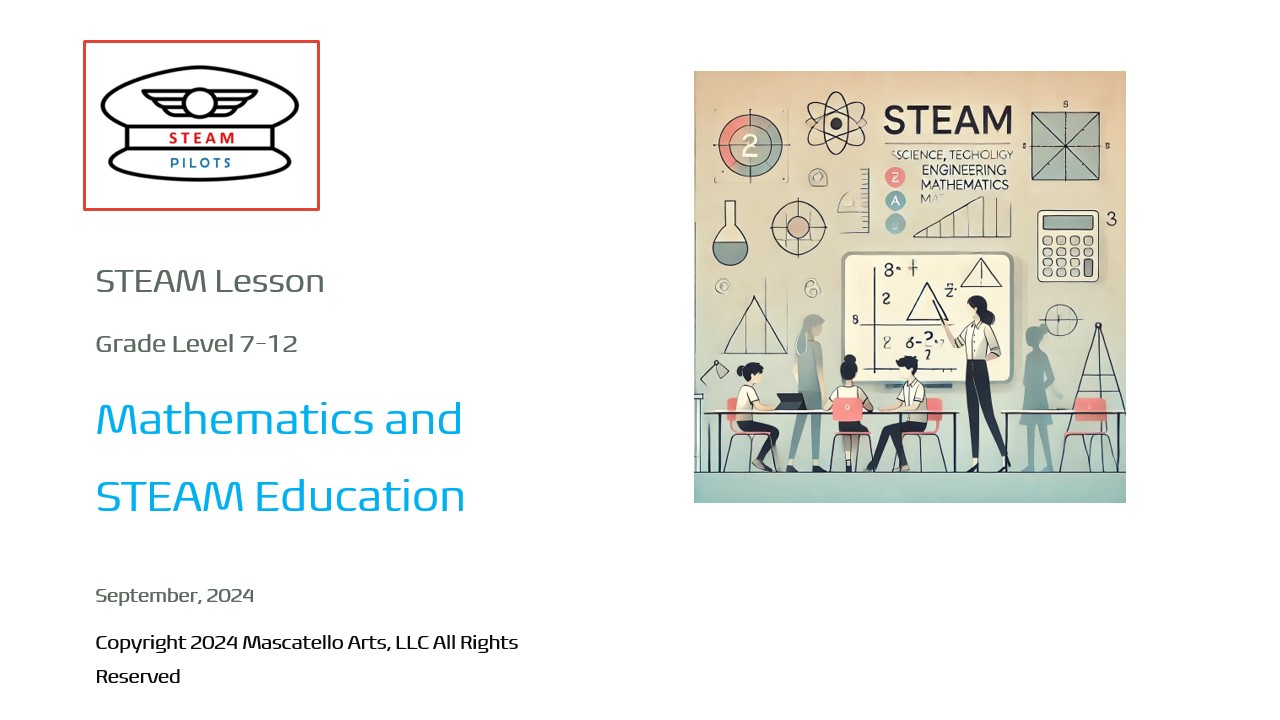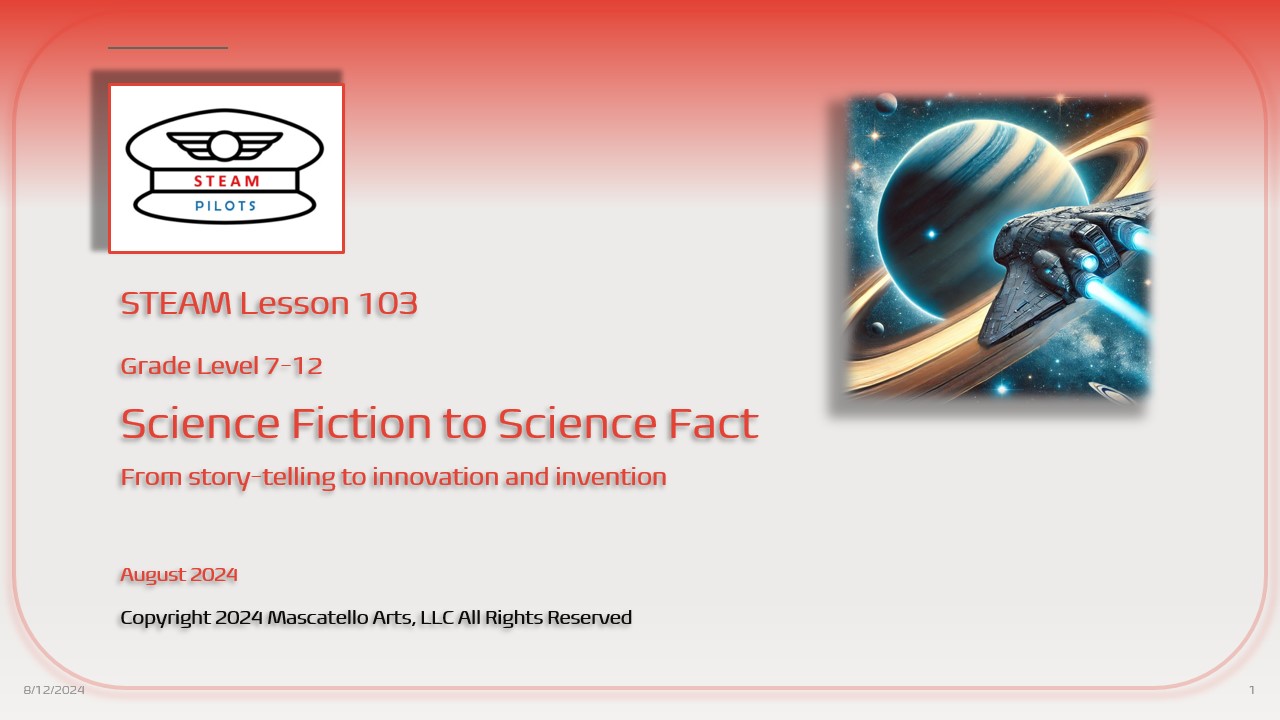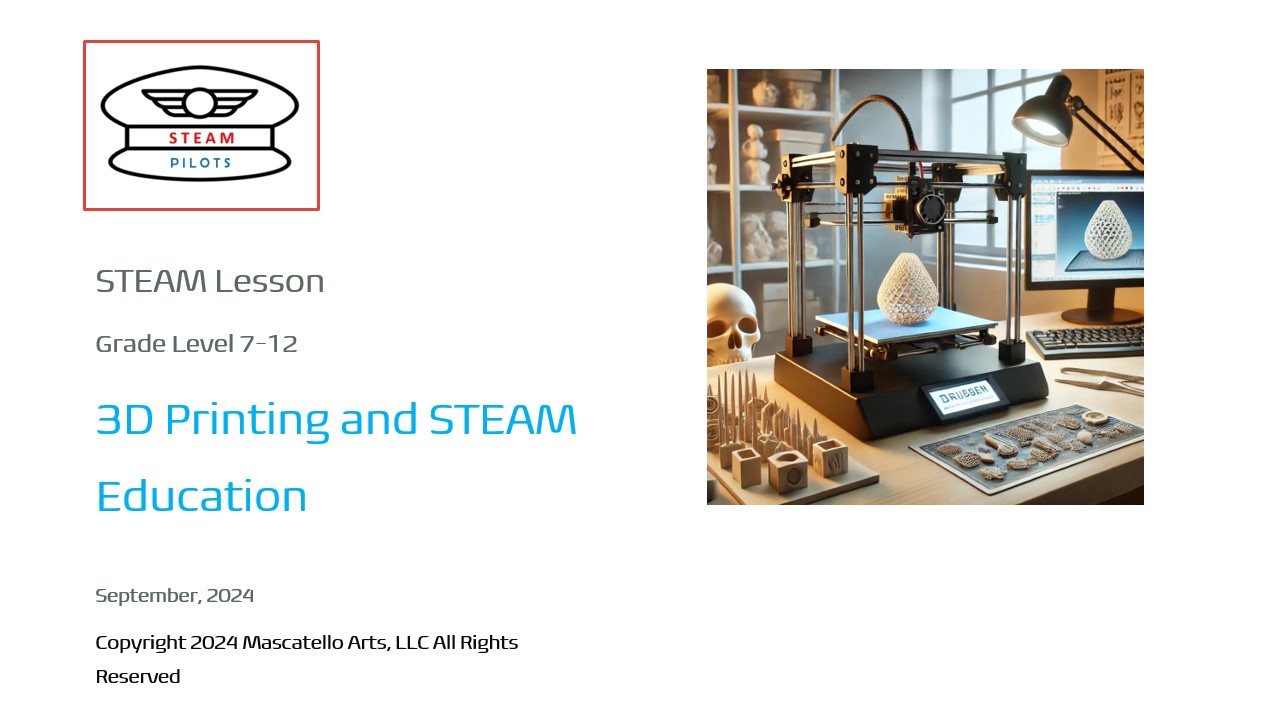Your cart is currently empty!
Mathematics and STEAM Education
Back to: Full STEAM Ahead
Before discussing the History of Mathematics, let’s explore why Math is central to STEAM Education.
More About Math and STEAM Education
A Brief History of Mathematics
The history of mathematics is a rich and fascinating story that spans thousands of years and involves contributions from many different cultures worldwide. From the earliest counting systems to the development of modern mathematics, this discipline has been essential in shaping human civilization.
1. Ancient Mathematics

Prehistoric Era:
The origins of mathematics can be traced back to prehistoric times when early humans used simple tally marks to count animals, days, or other objects. The oldest known mathematical artifact is the Lebombo bone, dated to about 35,000 BCE, found in Africa. It is marked with 29 notches, possibly representing a lunar calendar.

Sumerians and Babylonians (3000-300 BCE):
The Plimpton 322 tablet, dated around 1800 BCE, is a famous Babylonian artifact that contains a list of Pythagorean triples, indicating an advanced understanding of geometry.
The Sumerians in Mesopotamia developed one of the earliest known writing systems and a base-60 numeral system, which laid the foundation for mathematics in the region. The Babylonians, who followed, expanded on this by creating tables for multiplication, division, and square roots, and by solving quadratic equations.

The Egyptians used a decimal system for counting and knew basic arithmetic, geometry, and fractions. They used these skills in engineering, particularly in constructing the pyramids. The Rhind Mathematical Papyrus (circa 1650 BCE) is one of Egypt’s most famous mathematical documents, containing problems related to algebra, geometry, and arithmetic.
2. Greek Mathematics
- Classical Greece (600 BCE – 300 CE):
- Greek mathematics is often considered the foundation of Western mathematical thought. It emphasized deductive reasoning and logical proofs, moving away from practical calculations to a more theoretical approach.
- Thales of Miletus (circa 624-546 BCE):
- Thales is credited with bringing Egyptian and Babylonian mathematical knowledge to Greece and is often regarded as the first mathematician. He is known for applying geometry to solve problems, such as calculating the height of pyramids using shadows. Thales is known for Thales’ theorem, which states that if A, B, and C are points on a circle where the line segment AC is a diameter, then the angle ABC is a right angle.
- Thales is also known for being one of the Seven Sages of Greece and is considered one of the first to apply deductive reasoning to geometry, establishing the groundwork for later mathematicians like Pythagoras and Euclid.
- Thales is credited with bringing Egyptian and Babylonian mathematical knowledge to Greece and is often regarded as the first mathematician. He is known for applying geometry to solve problems, such as calculating the height of pyramids using shadows. Thales is known for Thales’ theorem, which states that if A, B, and C are points on a circle where the line segment AC is a diameter, then the angle ABC is a right angle.
- Pythagoras (circa 570-495 BCE):
- Pythagoras founded a religious and philosophical school where mathematics was central. The Pythagorean theorem relates the sides of a right triangle and is one of the most famous results attributed to him and his followers.
- Euclid (circa 300 BCE):
- Often called the “Father of Geometry,” Euclid’s work Elements is one of the most influential textbooks in the history of mathematics. It systematically presents geometry as a logical system based on axioms and theorems.
- Archimedes (circa 287-212 BCE):
- Archimedes made significant contributions to geometry, calculus, and mechanics. He is known for his work on the area of circles, the volume of spheres, and the principle of the lever. His method of exhaustion laid the groundwork for integral calculus.
- Apollonius of Perga (circa 262-190 BCE):
- Apollonius is known for his work on conic sections (the curves formed by the intersection of a plane with a cone), which influenced the development of geometry and astronomy.
3. Mathematics in the Islamic Golden Age
- Islamic Mathematics (8th – 14th Century):
- During the Islamic Golden Age, mathematics flourished in the Islamic world. Scholars translated Greek and Indian texts and made original contributions to algebra, arithmetic, and trigonometry.
- Al-Khwarizmi (circa 780-850 CE):
- Often called the “Father of Algebra,” Al-Khwarizmi wrote Al-Kitab al-Mukhtasar fi Hisab al-Jabr wal-Muqabala (The Compendious Book on Calculation by Completion and Balancing), which introduced systematic solutions of linear and quadratic equations. The word “algebra” is derived from the title of this book, and “algorithm” is derived from his name.
- Omar Khayyam (1048-1131 CE):
- Khayyam made significant contributions to algebra and geometry, particularly in solving cubic equations. He also reformed the Persian calendar, making it more accurate than the Julian calendar used in Europe.
- Al-Biruni (973-1048 CE):
- A polymath who contributed to mathematics, astronomy, and physics, Al-Biruni accurately calculated the Earth’s radius and developed methods for solving quadratic equations.
- Ibn al-Haytham (Alhazen) (965-1040 CE):
- Known for his work in optics, Ibn al-Haytham also contributed to geometry and number theory. His method of analysis and synthesis influenced the development of the scientific method.
4. The Renaissance and the Rise of Modern Mathematics
- European Renaissance (14th – 17th Century):
- The Renaissance saw a revival of interest in mathematics, driven by the rediscovery of Greek texts and the invention of the printing press. Mathematics became increasingly important in navigation, art, and the emerging sciences.
- Fibonacci (Leonardo of Pisa) (circa 1170-1250 CE):
- Fibonacci introduced the Hindu-Arabic numeral system to Europe through his book Liber Abaci (1202). He is also known for the Fibonacci sequence, a series of numbers that appear in nature and various mathematical contexts.
- Nicolaus Copernicus (1473-1543 CE):
- Copernicus used mathematical models to develop the heliocentric theory of the solar system, which placed the Sun, rather than the Earth, at the center of the universe.
- Johannes Kepler (1571-1630 CE):
- Kepler formulated the laws of planetary motion, which described the elliptical orbits of planets. His work relied heavily on geometry and provided a mathematical foundation for Isaac Newton’s theory of gravitation.
- Rene Descartes (1596-1650 CE):
- Descartes introduced the Cartesian coordinate system, which linked algebra and geometry. This system allowed geometric shapes to be expressed as algebraic equations, a significant step towards the development of calculus.
5. The Birth of Calculus
- 17th Century:
- The 17th century saw remarkable progress in mathematics, culminating in Isaac Newton and Gottfried Wilhelm Leibniz’s development of calculus.
- Isaac Newton (1643-1727 CE):
- Newton developed calculus (which he called “the method of fluxions”) as part of his work on physics, particularly his laws of motion and gravitation. His work Principia Mathematica (1687) is one of the most important scientific books ever written, laying the foundation for classical mechanics.
- Gottfried Wilhelm Leibniz (1646-1716 CE):
- Independent of Newton, Leibniz developed calculus and introduced many notations still used today, such as the integral sign and the “d” for derivatives. The controversy over who invented calculus first is one of the most famous disputes in the history of mathematics.
6. The Development of Modern Mathematics
- 18th and 19th Century:
- The 18th and 19th centuries saw the formalization of many mathematical concepts and the development of new fields such as number theory, abstract algebra, and non-Euclidean geometry.
- Leonhard Euler (1707-1783 CE):
- Euler made pioneering contributions to numerous areas of mathematics, including topology, graph theory, and complex analysis. He introduced the concept of a function, the notation for the number e, and the famous Euler’s formula, e^(iπ) + 1 = 0.
- Carl Friedrich Gauss (1777-1855 CE):
- Gauss, often called the “Prince of Mathematicians,” made significant contributions to number theory, algebra, statistics, analysis, differential geometry, and astronomy. His book Disquisitiones Arithmeticae laid the foundations for modern number theory.
- Bernhard Riemann (1826-1866 CE):
- Riemann developed Riemannian geometry, which became the mathematical foundation for Albert Einstein’s general theory of relativity. He also contributed to analysis and number theory, including the famous Riemann Hypothesis, one of mathematics’s most important unsolved problems.
- Non-Euclidean Geometry:
- Mathematicians like Nikolai Lobachevsky, János Bolyai, and Riemann developed non-Euclidean geometry, challenging the long-held assumptions of Euclidean geometry and opening new avenues for mathematical exploration.
7. 20th Century Mathematics and Beyond
- 20th Century:
- The 20th century was a period of rapid advancement in mathematics, with the development of new fields such as set theory, topology, and abstract algebra. The rise of computers also profoundly impacted mathematics, enabling complex calculations and the exploration of new problems.
- David Hilbert (1862-1943 CE):
- Hilbert was one of the most influential mathematicians of the early 20th century. His list of 23 unsolved problems, presented in 1900, guided much of the century’s mathematical research. He also made significant contributions to algebra, analysis, and mathematical logic.
- Alan Turing (1912-1954 CE):
- Turing is considered the father of computer science. He developed the concept of the Turing machine, a theoretical model for computation that laid the groundwork for modern computers. His work during World War II on breaking the Enigma code was crucial to the Allied war effort.
- John von Neumann (1903-1957 CE):
- Von Neumann made fundamental contributions to various fields, including game theory, quantum mechanics, and computer science. He was instrumental in developing the modern digital computer and the concept of stored-program architecture.
- Mathematics Today:
- Today, mathematics continues to evolve, with advancements in cryptography, chaos theory, and artificial intelligence. However, mathematics remains essential to science, engineering, economics, and many other disciplines, driving innovation and helping us understand the complexities of the natural world.
Branches of Mathematics
Here’s a table of the major branches of mathematics and their significance:
| Branch of Mathematics | Significance |
|---|---|
| Arithmetic | The study of numbers and basic operations (addition, subtraction, multiplication, division). Forms the foundation of all other mathematical disciplines. |
| Algebra | Deals with symbols and the rules for manipulating these symbols to solve equations. It’s essential for understanding relationships and structures in math. |
| Geometry | Concerned with shapes, sizes, properties of space, and the relationships between points, lines, surfaces, and solids. Vital for spatial reasoning. |
| Trigonometry | Studies the relationships between the angles and sides of triangles. Widely used in physics, engineering, astronomy, and navigation. |
| Calculus | Focuses on change and motion, dealing with derivatives, integrals, limits, and infinite series. Crucial for understanding real-world phenomena in science. |
| Number Theory | Studies properties of numbers, particularly integers. Important for cryptography, coding theory, and theoretical computer science. |
| Linear Algebra | Concerned with vector spaces and linear equations. It’s foundational in quantum mechanics, computer science, and many areas of applied math. |
| Set Theory | The study of collections of objects (sets) and their relationships. It forms the foundation of modern mathematics, especially in logic and probability. |
| Probability Theory | Studies the likelihood of events and randomness. Essential for statistics, data science, finance, and many scientific applications. |
| Statistics | Involves collecting, analyzing, interpreting, and presenting data. Used extensively in economics, social sciences, biology, and machine learning. |
| Topology | Explores properties of space that are preserved under continuous deformations (like stretching or bending). It’s significant in both pure and applied math. |
| Abstract Algebra | Generalizes algebraic structures such as groups, rings, and fields. Important in cryptography, coding theory, and theoretical physics. |
| Mathematical Logic | Examines formal systems and logical reasoning. It’s foundational to computer science, algorithms, and theoretical mathematics. |
| Differential Equations | Studies equations involving derivatives, modeling how things change over time. Essential in engineering, physics, biology, and economics. |
| Combinatorics | Focuses on counting, arrangement, and combination of objects. It’s important in computer science, optimization, and cryptography. |
| Mathematical Analysis | Extends the concepts of calculus to more abstract situations, dealing with functions, sequences, and series. It’s key to advanced calculus and real analysis. |
| Graph Theory | The study of graphs (networks of nodes and edges). Widely used in computer science, social networks, transportation, and biology. |
| Cryptography | Uses algebra, number theory, and probability to encrypt and protect information. Crucial for cybersecurity and digital communication. |
| Game Theory | Analyzes competitive situations where the outcome depends on the actions of all participants. It’s applied in economics, politics, and biology. |
| Optimization | Studies methods to find the best solution from a set of feasible options. Important in economics, engineering, machine learning, and decision-making. |
This table highlights the breadth of mathematics and its diverse applications across science, engineering, and real-world problem-solving.
Let’s Take a Look at the Ten Most Famous Mathematical Equations
Pythagorean Theorem
Equation: a^2 + b^2 = c^2
If you have a right-angled triangle, this equation tells you how the lengths of the sides are
related. If you know two sides, you can find the third one.
Einstein’s Mass-Energy Equation
Equation: E = mc^2
This famous Einsteinian equation says energy (E) and mass (m) are connected. It means even tiny amounts of mass have a tremendous amount of energy. c is the speed of light – or about 186,000 miles per second.
Newton’s Second Law of Motion
Equation: F = ma
This explains how objects move. If you push (force, F) on something heavy (mass, m), it
accelerates (a), which means it speeds up. The heavier it is, the more force you need to
move it.
Schrödinger’s Equation
Equation: N/A
This one is a little more complicated and comes from quantum mechanics, the study of
really tiny things like atoms. It helps scientists predict how tiny particles move over time,
but it’s hard to show without advanced math.
Maxwell’s Equations
Equation: N/A
This series of four equations explains electricity and magnetism. For example, how a magnet can create electricity and how electricity can create magnetic fields. This is important for radios, power lines, and cell phones.
Euler’s Identity
Equation: e^{i\pi} + 1 = 0
This is called the ‘most beautiful’ equation because it combines five really important
numbers in math: e (about 2.718), i (the square root of -1), π (the famous 3.14), 1, and 0.
Newton’s Law of Gravity
Equation: F = G \frac{m_1 m_2}{r^2}
This explains how gravity works. Any two objects with mass (like the Earth and the Moon)
pull on each other with a force (F). The closer and heavier they are, the stronger the pull.
Second Law of Thermodynamics (Entropy)
Equation: \Delta S \geq 0
This law says that things tend to get more ‘messy’ over time. For example, a hot cup of
coffee will cool down and the heat spreads out. This is called increasing entropy.
The Wave Equation
Equation: N/A
This equation is about waves, like sound or light waves. It helps describe how these waves
travel through space or different materials. It explains why, for example, sound gets quieter
the farther away you are.
The Fourier Transform
This is used to break a complicated signal (like music or an image) into simpler parts. For
example, it can turn a sound wave into a list of different pitches or frequencies, which is
how your phone can recognize songs.
Conclusion
The history of mathematics is a testament to human curiosity, creativity, and the desire to understand the world. From its earliest beginnings in counting and measurement to the sophisticated theories of modern mathematics, this discipline has been crucial in shaping the course of human history. As mathematics continues to evolve, it will undoubtedly remain at the forefront of scientific and technological progress.






